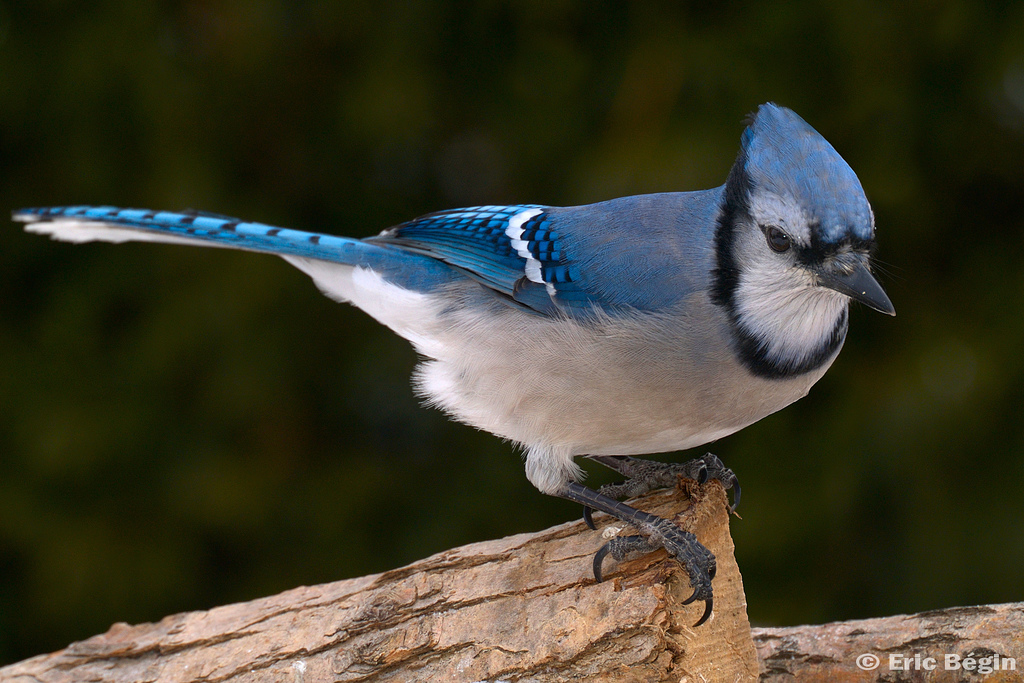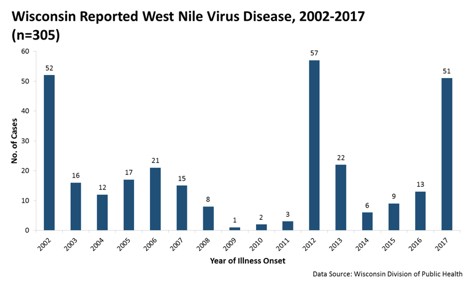From 2004 Laura Erickson’s For the Birds Radio Program: West Nile Virus: Crows dealing with grief
“Now that it’s October, West Nile Virus is once again rearing its ugly head. Since the disease first appeared in America in 1999, 625 people have died from the disease. So far this year, the human death toll is 59, including 2 in Minnesota and 1 in Wisconsin.
As bad as West Nile Virus is for humans, it’s even worse for birds. Most of us have probably already been exposed to the virus and developed immunity. Fewer than 5% of people who are infected with the virus get sick at all, and of them, most get only minor flu symptoms. The people most vulnerable are those with immune system deficiencies, and so it’s very important to protect ourselves and especially the very old and the very young and people who’ve been sick from mosquito bites. We can go to a store and buy repellants, and we live in houses that can be fairly effectively closed off from insects.
Birds are helpless to defend themselves against biting insects, and are far more vulnerable to this disease than we are. 99 – 100% of all crows exposed to the virus not only get sick—they die. Great Horned Owls, Red-tailed Hawks, Blue Jays, and chickadees are other species that are extremely susceptible to the disease.











